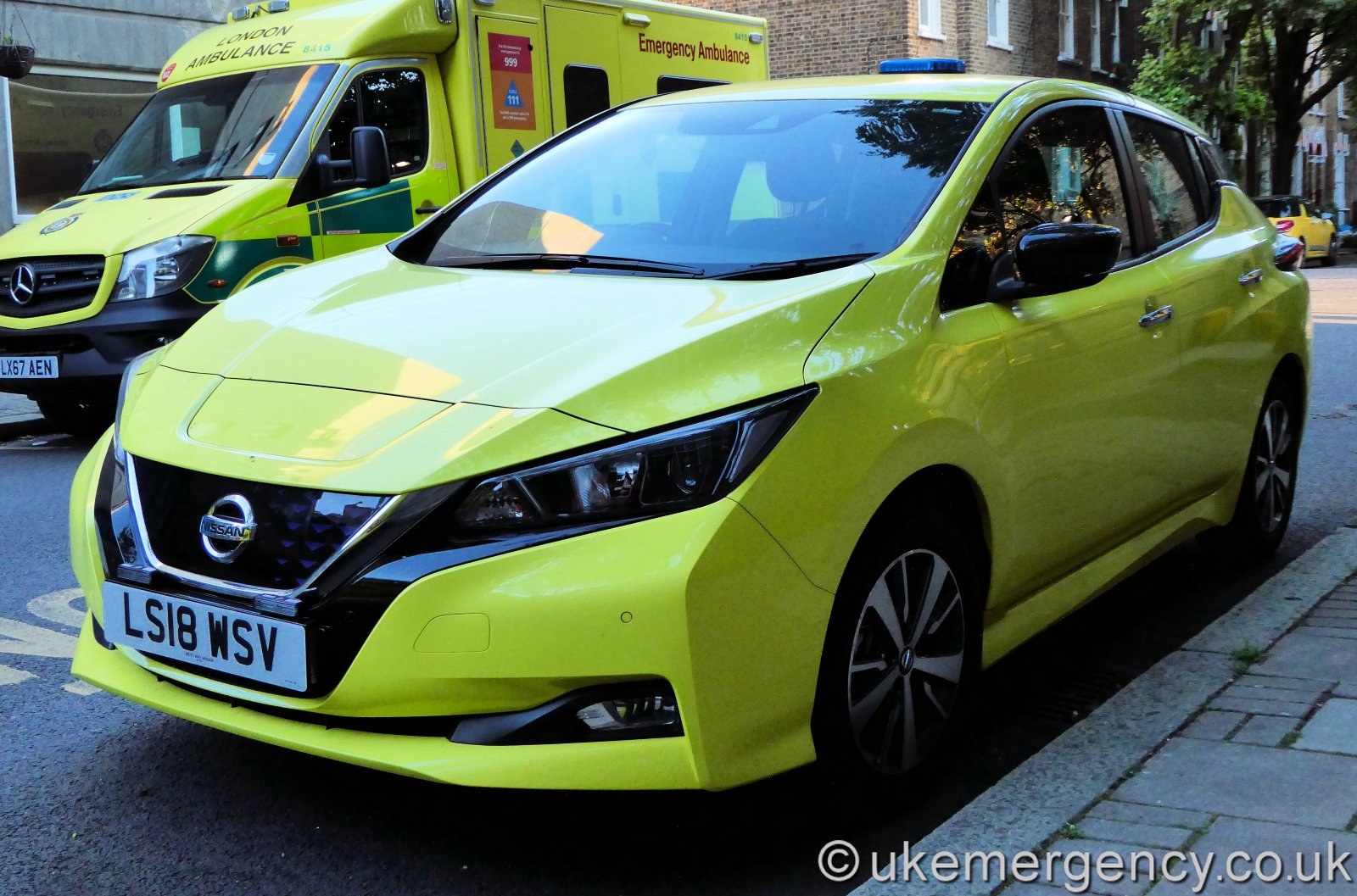Telent is ready to support the next generation of Ambulance Service hybrid and electric vehicles
Across the UK, reducing CO2 emissions has become a huge priority. Not only has the government put in place a number of initiatives, but major cities, such as London, Birmingham and Bristol, have also put actions in place to reduce carbon emissions significantly.
Currently, the NHS produces 5.4% of the UK’s greenhouse gases, which is higher than the global average for healthcare. Much like the rest of the UK, the NHS is taking a number of steps to reduce its carbon emissions, including the introduction of a number of electric Ambulances to its fleet.
However, as with the introduction of any new technology, this can present challenges for the installation of Radios, Mobile Data Terminals (MDTs) and other communications devices within the vehicles. As a trusted partner of the Emergency Services with many years of experience installing and maintaining communications devices in Police vehicles, Fire appliances and Ambulances, Telent is on hand to support with its expertise and technology innovation.
Emergency Services go electric
One of the most significant changes that will take place to reduce carbon emissions is the increase of low emission cars on the road. In 2018, the UK Government launched its Road-to-Zero strategy with the aim for at least half of new vehicles to be ultra-low emission by 2030. The main objective of this is to reduce the emissions of UK vehicles that are already on the road and increase the uptake of zero-emission vehicles to create a more eco-friendly and healthier environment.
The Emergency Services sector is also affected by this change and will need to adapt its practices to support a more economical and efficient way of working, including through the introduction of electric vehicles (EVs) into its fleets.
To support this change, Fire, Police, Ambulance, and service personnel will also need new skills to prepare for EV road traffic accidents and the maintenance of EV fleets to ensure the safety of themselves and members of the public.
Essential Training
With the demand for low emissions cars only expected to grow, Telent is ensuring its employees are prepared to support Emergency Services through this change.
Electric and hybrid vehicles contain circuits running at more than three times the 230 volts found in the mains supply, which means they are exceedingly dangerous for untrained personnel. This is particularly true when installing communications equipment into these vehicles and engineers must be aware of the particular high voltage disconnection process as suggested by the Health and Safety Executive. The process will be different in electric and hybrid cars to petrol. The electrocution and fire risks that the vehicles create need to be understood and controlled through upskilling.
According to the Institute for the Motor Industry (IMI), of the 182,000 vehicle technicians in the UK, only 21,000 are Electric Vehicle (EV) qualified, and only five percent overall are trained to a Level 3 or 4 EV qualification.
Telent ensures that any employees working with electric and hybrid vehicles are trained to the IMI industry standard. This includes its vehicle design team, which is accredited to level 3, and installers who will be working with electric vehicles are accredited to level 2. This ensures that both Telent employees working on the vehicles and those who are driving them are aware of the dangers associated with electric cars.
Experts in emergency vehicles
Having worked with a broad range of clients, including Firelink, London Ambulance Service and Scottish Ambulance Service, Telent has vast experience with vehicle communication solutions in the Emergency Service sector, particularly in supporting emergency service vehicles as they transition to new technological infrastructures. This includes expertise in designing, testing, installing and maintaining all of the connectivity equipment that an Emergency Service organisation’s fleet needs.
In addition to devices in vehicles, Telent currently works with the Home Office to test the coverage of the new Emergency Services Network (ESN) as the existing radio-based network for Emergency Services transitions to 4G based communications.
Leading by example
Telent’s Emergency Service customers are beginning to switch to hybrid and electric vehicles. As an ISO 45001 certified organisation, we recognise the inherent dangers involved when working on this type of vehicle and as such Telent has trained fifteen of its nationwide team of vehicle installation engineers to IMI level 2 to ensure that installations are safe for the customer and installer. The team has successfully installed a range of communication equipment into hybrid and electric emergency service vehicles across its customer base, including airwave radio’s, Mobile Data Terminals (MDTs), and LTE routers.
Telent has been working with the Emergency Services for over forty years. It has been very exciting for Telent to watch our team grow and we look forward to seeing this continue, as our customers and emergency service teams embrace low emission vehicles.
The future is electric
Low emission vehicles are undoubtedly the future, Telent itself has already successfully introduced zero-emission cars and vans into its fleet as part of its work with Transport for London (TfL), providing services across London.
As the appetite for EVs continues to grow, Telent’s employees are industry accredited and ready to handle the next-generation projects that will help create a cleaner and healthier tomorrow – enabling the Emergency Services to concentrate on their life saving work.
